News
Magnolia grandiflora seeds
Magnolia grandiflora, commonly known as the southern magnolia or bull bay, is a magnificent evergreen tree native to the southeastern United States. Revered for its large, fragrant flowers and glossy, leathery leaves, it has become an iconic symbol of the American South, celebrated for its beauty, cultural significance, and ecological value.
Botanical Characteristics
Magnolia grandiflora is a large tree that can reach heights of up to 30 meters. Its straight, sturdy trunk is often covered in a grayish-brown bark with a slightly rough texture. The tree's most distinctive feature is its leaves, which are elliptical in shape, about 10 - 20 centimeters long, and have a glossy, dark green upper surface and a rusty-brown, fuzzy underside. This unique leaf structure not only gives the tree an aesthetically pleasing appearance but also helps it retain moisture and withstand harsh weather conditions.
The flowers of the Magnolia grandiflora are truly a sight to behold. They are large, cup-shaped, and can measure up to 30 centimeters in diameter. These creamy-white blossoms are composed of numerous thick, petal - like tepals that exude a rich, sweet fragrance, especially during the warm summer months. The flowers are followed by cone - shaped fruits that contain bright red seeds, adding another layer of visual interest to the tree as they ripen.
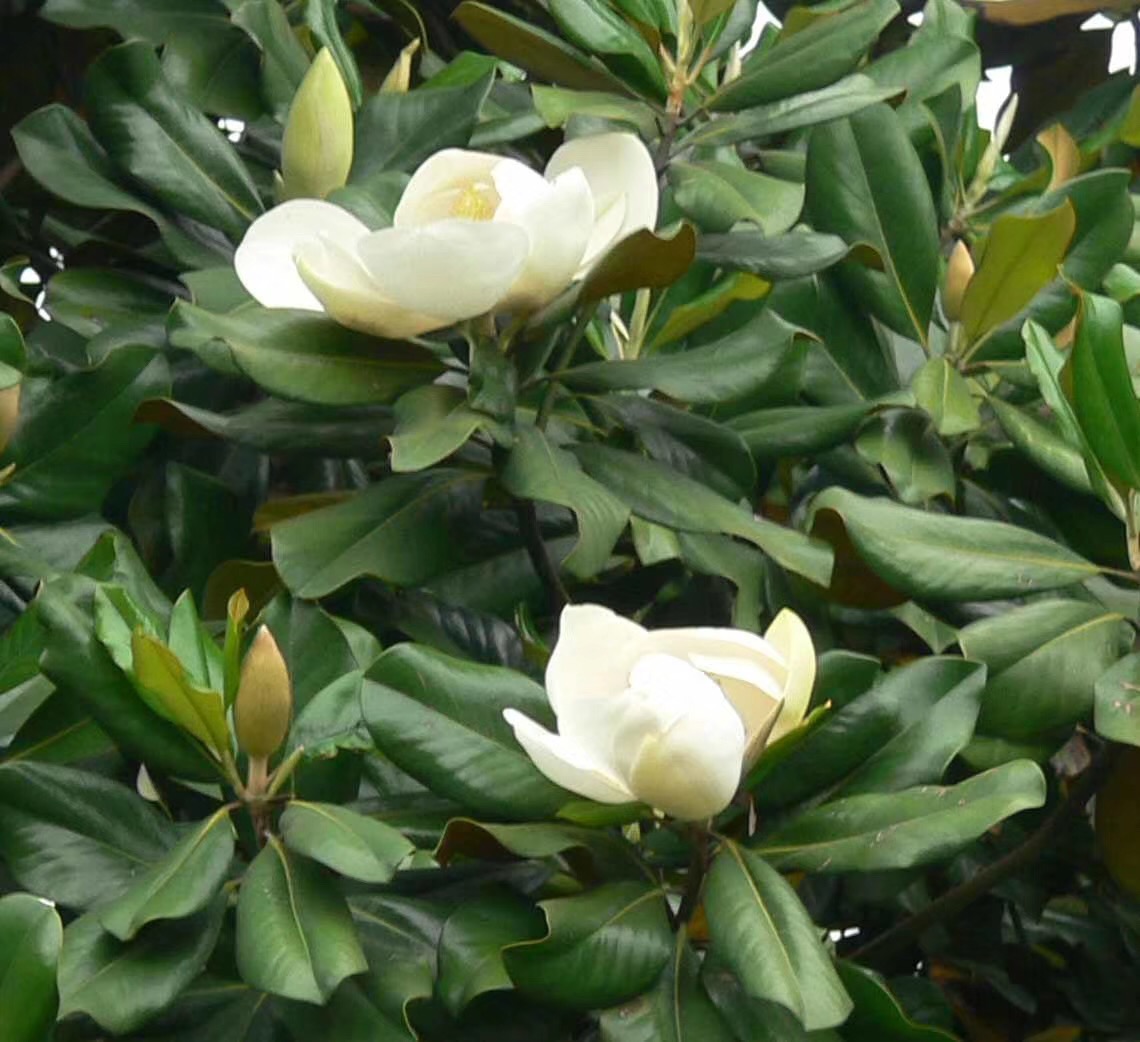
Cultural Significance
In the American South, the Magnolia grandiflora holds deep cultural and historical significance. It has long been associated with the region's genteel and romantic image, often gracing the landscapes of antebellum mansions and historic gardens. The tree's beauty and resilience have made it a symbol of the South's enduring spirit, and it frequently appears in Southern literature, art, and music. For example, in the works of William Faulkner, the magnolia tree is often used to evoke a sense of place and the passage of time in the South.
The magnolia flower is also the state flower of Mississippi, representing the state's natural beauty and cultural heritage. It is a common sight in the state's gardens, parks, and along its streets, and it plays an important role in local festivals and celebrations.
Ecological Role
Magnolia grandiflora plays a vital role in the ecosystem. Its dense foliage provides excellent shade and shelter for a variety of wildlife, including birds, squirrels, and insects. The large flowers are a rich source of nectar, attracting bees, butterflies, and other pollinators, which are essential for the reproduction of many plant species in the area.
The tree's roots help to stabilize the soil, preventing erosion and improving water infiltration. Additionally, like all plants, Magnolia grandiflora absorbs carbon dioxide during photosynthesis, contributing to the reduction of greenhouse gases in the atmosphere and helping to mitigate the effects of climate change.
Cultivation and Care
Magnolia grandiflora is a popular choice for landscaping in temperate and subtropical regions around the world. It thrives in well - drained, acidic soils and prefers full sun to partial shade. Although it is relatively drought - tolerant once established, it benefits from regular watering, especially during dry periods.
Pruning is usually done to maintain the tree's shape and remove dead or diseased branches. However, it should be carried out carefully, as magnolias do not respond well to heavy pruning. Fertilization in the spring with a slow - release, balanced fertilizer can help promote healthy growth and abundant flowering.
In conclusion, Magnolia grandiflora is much more than just a beautiful tree. It is a symbol of culture, a haven for wildlife, and an important part of the natural environment. Whether gracing the landscapes of the American South or adding elegance to gardens around the world, this magnificent tree continues to captivate people with its beauty, fragrance, and ecological contributions.
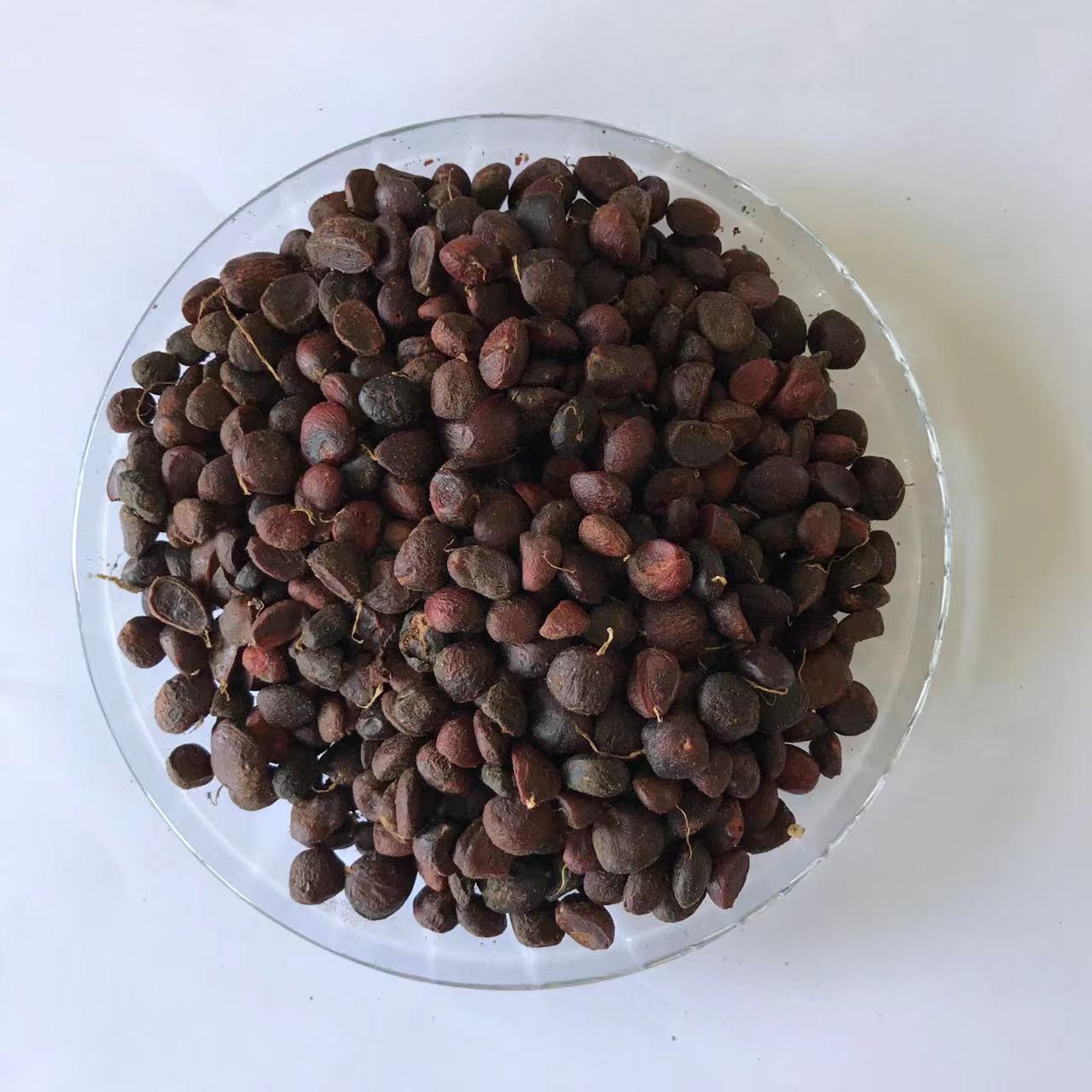
How to Plant Magnolia Grandiflora Seeds
Magnolia grandiflora, with its large, fragrant flowers, is a popular ornamental tree.
Here are the steps to plant its seeds:
Seed Collection and Preparation
First, collect mature magnolia grandiflora seeds in autumn. Soak the seeds in warm water for 48 hours to soften the outer coat. Then, carefully remove the red fleshy outer layer, which can inhibit germination.
Stratification
Put the cleaned seeds in a plastic bag filled with moistened peat moss or sand. Seal the bag and store it in the refrigerator at around 4 - 10°C for about 90 - 120 days. This cold - stratification process imitates winter conditions and breaks seed dormancy.
Planting
After stratification, plant the seeds in well - drained potting soil. Sow them about 2 - 3 cm deep. Keep the soil moist but not waterlogged. Place the pot in a warm, bright location, but avoid direct sunlight. Germination usually occurs within 3 - 6 weeks. Once the seedlings are strong enough, they can be transplanted to a larger pot or outdoors in a suitable garden location.
If you have demands of the seeds, please feel free to contact us.
Categories
Contact Us
- +86-18055849900
- +86-18055849900
- admin@high-key.cn
- +86-18055849900
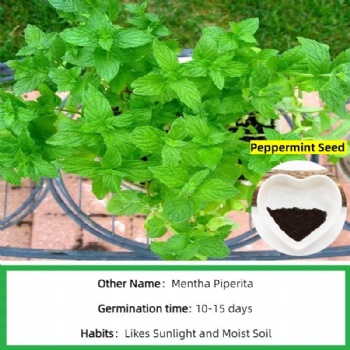
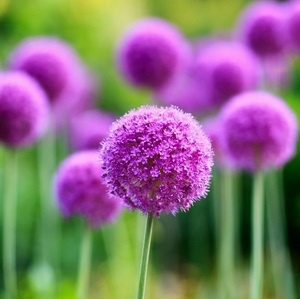
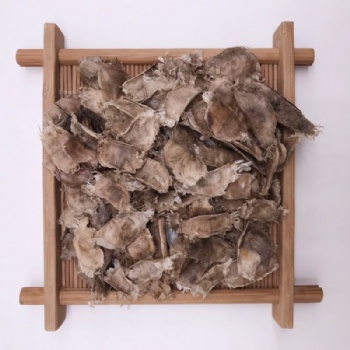

 售前客服
售前客服
